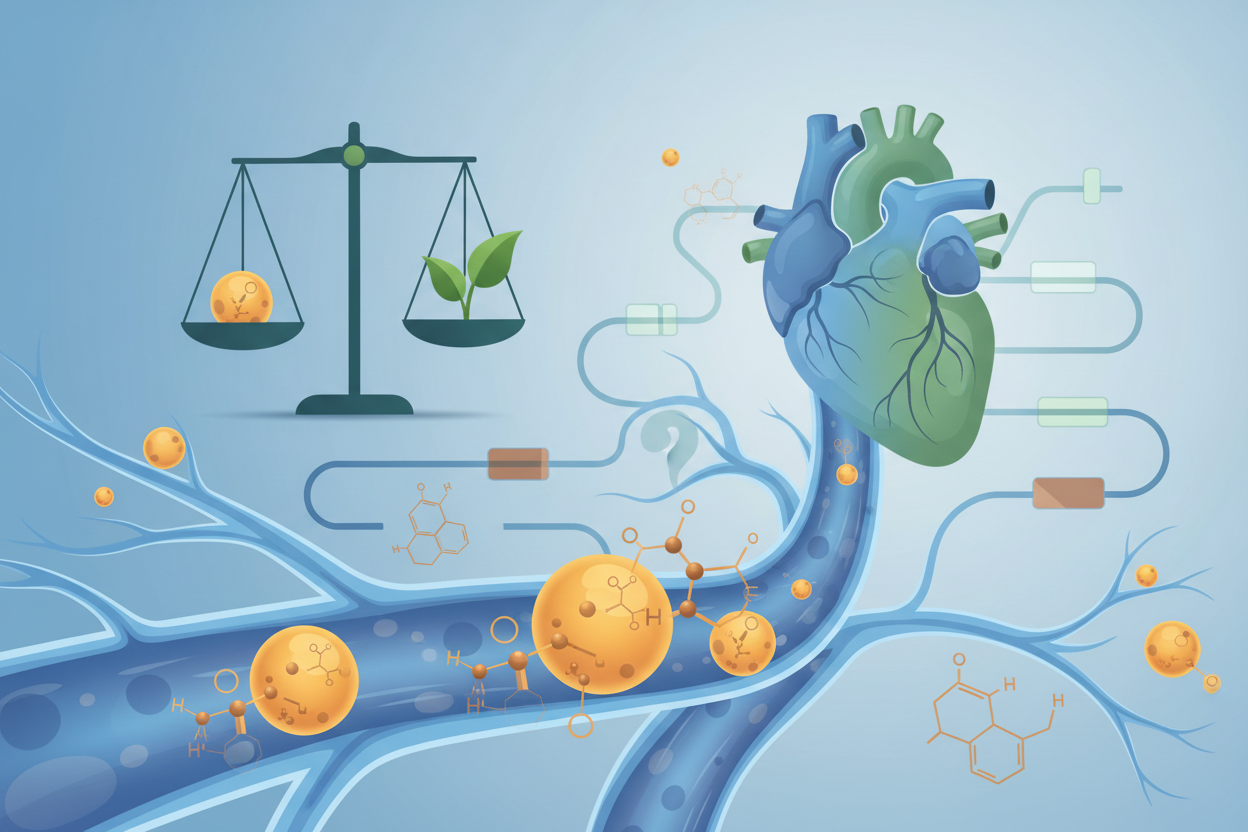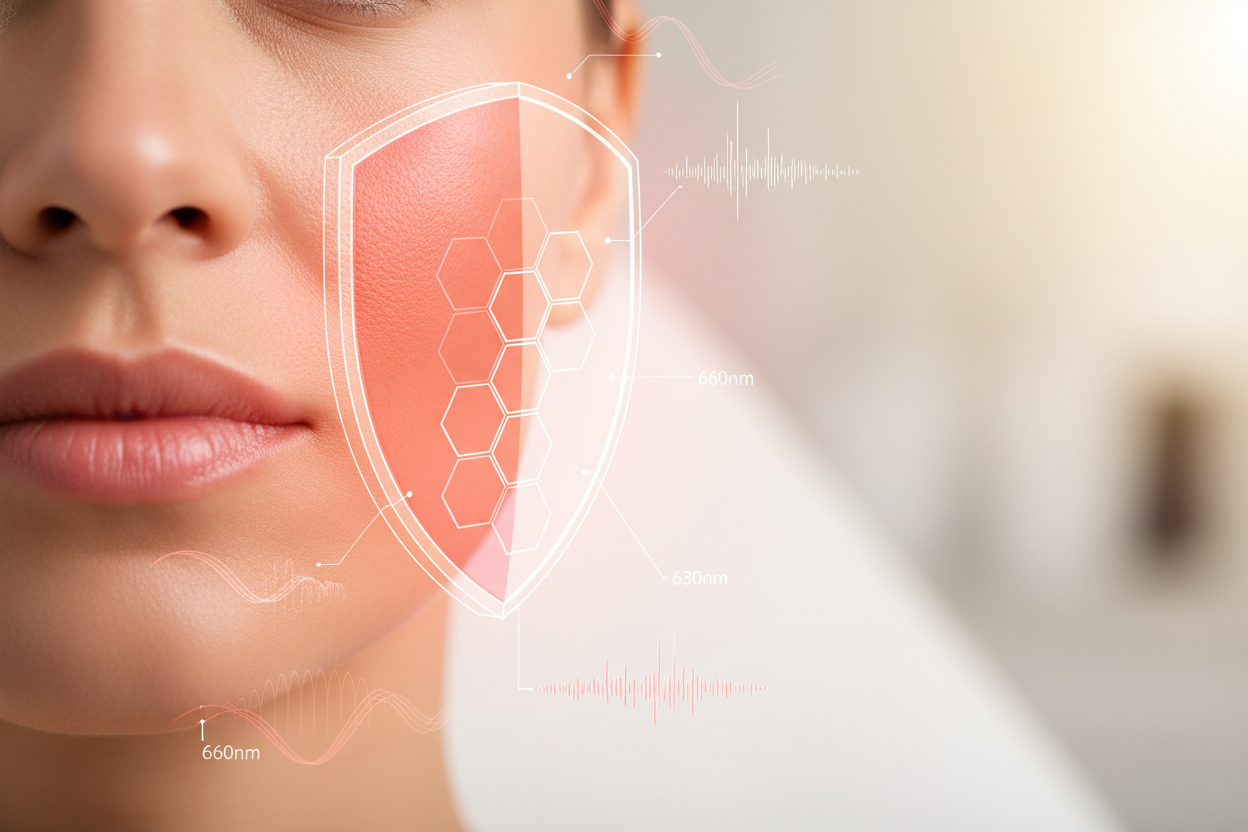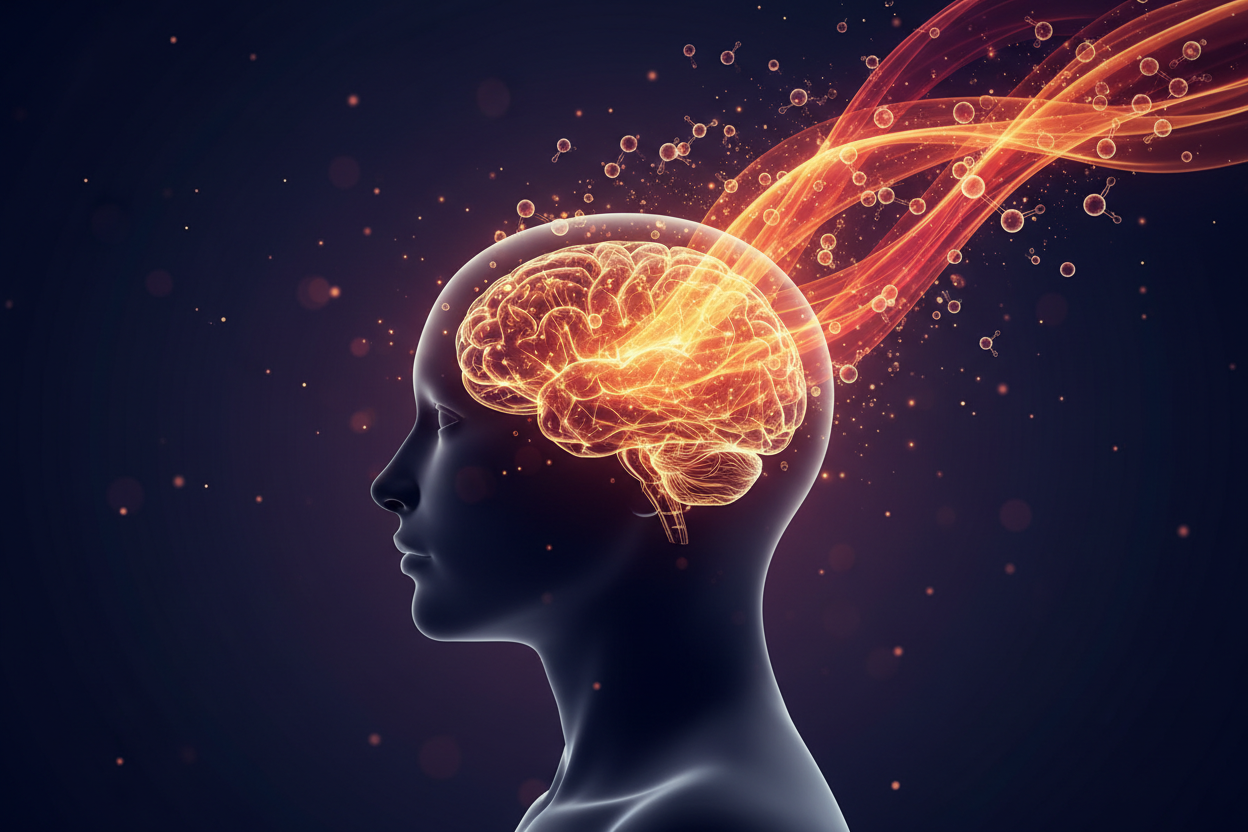
Heavy Metal Detoxification with Light: Melanin as the Key Power of Natural Intelligence
Melanin as the Key Force of Natural Intelligence
Melanin is not just a pigment. In the context of quantum biology, melanin represents an adaptive molecular system that helps the organism survive under conditions of toxic load, electromagnetic stress, and oxidative damage. It is a molecule with a unique ability to bind heavy metals, protect DNA from radicals, and simultaneously store and process light energy.
This ability of melanin is not accidental but arises from a natural dialogue between sunlight, the POMC hormonal axis, and the adaptive cell system. Through this process, the body activates its own detoxification capacities without the need for exogenous chelators, synthetic antioxidants, or aggressive therapies.
Melanin as a Biological Transformer
Melanin is a complex biopolymer structure capable of absorbing ultraviolet and infrared light, converting it into heat, and controlling the flow of electrons and protons. Chemically, it consists of units of dihydroxyindole (DHI) and dihydroxyindole carboxylic acid (DHICA), which contain carboxyl, hydroxyl, semiquinone, and phenol groups. These groups serve as binding sites for metals and also act as redox regulators.
In the body, melanin is stored in melanosomes – specialized organelles capable of binding a wide range of metals. While essential elements like calcium and zinc are bound more loosely, toxic metals such as iron (Fe³⁺), copper (Cu²⁺), mercury, or lead are more strongly fixed, eliminating their reactivity.
Research shows that melanin can bind up to 1.6 mmol of metals per gram of dry weight, and that its affinity for metals is governed by specific binding sites according to their chemical nature. It strongly binds Fe³⁺ and Cu²⁺, but also retains Ca²⁺ and Zn²⁺ for metabolic purposes. The detailed binding properties, capacity, and redox effects of these interactions were described in the study by Hong and Simon (2007), which documents not only the differing affinities of individual metals for the melanin matrix but also the biological significance of these bindings.
Melanin Formation: Light as a Signal for Detoxification
Melanin production is regulated by the POMC hormonal axis, which is activated upon exposure to UVB radiation. When UVB hits the skin, it increases the expression of POMC, from which the hormone α-MSH is produced, stimulating melanocytes to synthesize melanin. At the same time, ACTH and β-endorphin are generated, linking the processes of immunity, stress response, and emotional balance.
UVB radiation is therefore not only a source of vitamin D but primarily a trigger for complex hormonal and redox adaptation, culminating in the production of melanin as the main detoxifying agent.
Heavy Metal Detoxification: Silent Chelation Center
Melanin binds metals through its functional groups. It binds them selectively, stably, and reversibly. This protects the body from their redox reactivity, especially from Fenton chemistry (Fe²⁺ + H₂O₂ → OH• + OH⁻), which otherwise leads to massive oxidative tissue damage. This effect is particularly important in the nervous system and retina, where neuromelanin accumulates with high levels of iron and copper. When the binding capacity is exceeded, melanin can act as a pro-oxidant – so the key is the balance between light exposure and heavy metal load.
In its natural state, melanin acts as an intelligent barrier that not only traps metals but also releases or neutralizes them as needed. It is not a linear detoxification process but a sophisticated balance between retention, neutralization, and adaptive mobilization.
Melanin and Adaptive Regeneration
The ability of melanin to respond to light, bind metals, and regulate redox potential makes it a key element of biological homeostasis. It is present in the skin, eyes, brain, and ears – areas with high sensory and oxidative stress. However, its natural synthesis is only possible when the body is exposed to a rhythmic cycle of light and darkness, contact with natural conditions, and sufficient UVB radiation.
In today's environment, where UVB exposure is minimal and electromagnetic stress is enormous, melanin synthesis is weakened. The body loses its ability to detoxify itself, regulate redox balance, and protect against the effects of heavy metals.
Recommendation for the conclusion
Biological detoxification of heavy metals is a natural ability of the body—provided it is given the right conditions. Melanin is a key tool in this detoxification, but exposure to UVB radiation is essential for its activation.
A key recommendation is therefore to restore daily contact with the sun, especially in the morning hours when the UVB spectrum is strong enough yet still safe. Spending time outdoors without chemical filters or synthetic barriers, combined with a rhythmic lifestyle, allows the body to regain its natural ability to detoxify, regenerate, and protect itself.
The next time someone tells you that you have elevated levels of heavy metals in your body, know that the answer is not to stop eating seafood, but to start spending more time in the sun. It is the lack of natural light, not the presence of marine minerals, that undermines the body's natural detoxification system.
Melanin is not just a pigment. It is a tool of light, memory, and biological intelligence that enables the body to survive even in a toxic world. Its power lies in a quiet connection with nature, which we must not lose.



Leave a comment
This site is protected by hCaptcha and the hCaptcha Privacy Policy and Terms of Service apply.